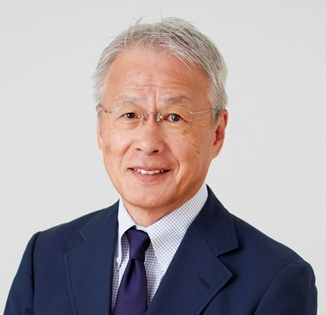
by Noriyuki Morimoto
In order to conduct any kind of business, it is impossible to avoid the risks inherent in that business. Such risks are intrinsic to the business, and perhaps should be called opportunities rather than risks: instead of negative factors to be avoided, they deserve to be taken as positive factors that should be captured, or attractive factors that one would prefer to capture. Seizing this opportunity, that is risk-taking.
However, intrinsic risk-taking comes with various ancillary risks. Those incidental risks need to be controlled systematically as unintended, unnecessary, or superfluous factors. In addition, management needs to be controlled so that it does not take such non-intrinsic risks, since it is possible that, in its vacillation and slackness, it may take risks that deviate from its business objectives. Such control functions are what we call risk management.
Usually, in any business, the purpose and content of the business are clear, and the intrinsic and incidental risks can be clearly distinguished. For example, in manufacturing, a clear distinction can be made between risks related to the social value of the product itself and technical risks in the manufacturing process. In addition, non-intrinsic risk-taking that deviates from the business purpose is clearly recognized as not being a natural extension of the business purpose and not being included in intrinsic risk-taking. Therefore, there can be no confusion between intrinsic risk-taking, which is management itself, and risk management, which is only one function of management control.
Even in the financial sector, as long as it is a business, risks must be taken in order to achieve the objective of value creation from the customer’s perspective. However, this risk-taking is not easy to carry through. This is because, being highly regulated, no other industry requires the same rigor in risk management as finance, and risk management always oversteps and intervenes in the inherent risk-taking of the business.
[Category /Risk Appetite Framework]

Chief Executive Officer, HC Asset Management Co.,Ltd. Noriyuki Morimoto founded HC Asset Management in November 2002. As a pioneer investment consultant in Japan, he established the investment consulting business of Watson Wyatt K.K. (now Willis Towers Watson) in 1990.

